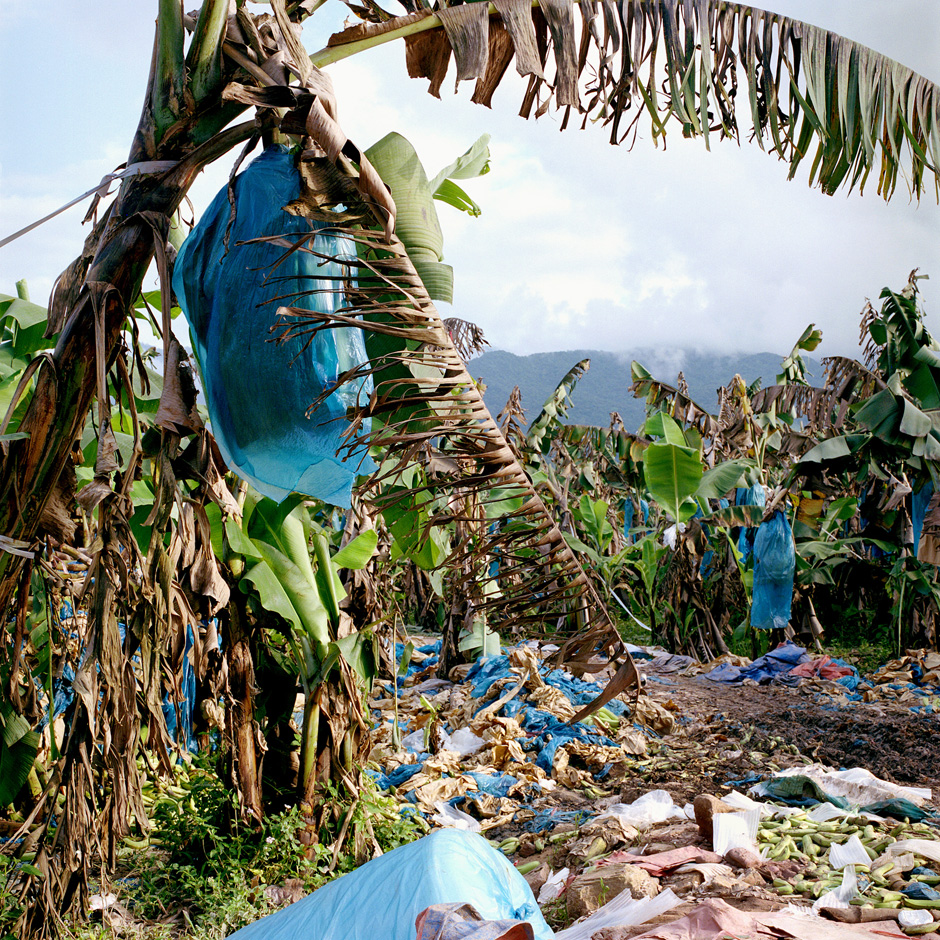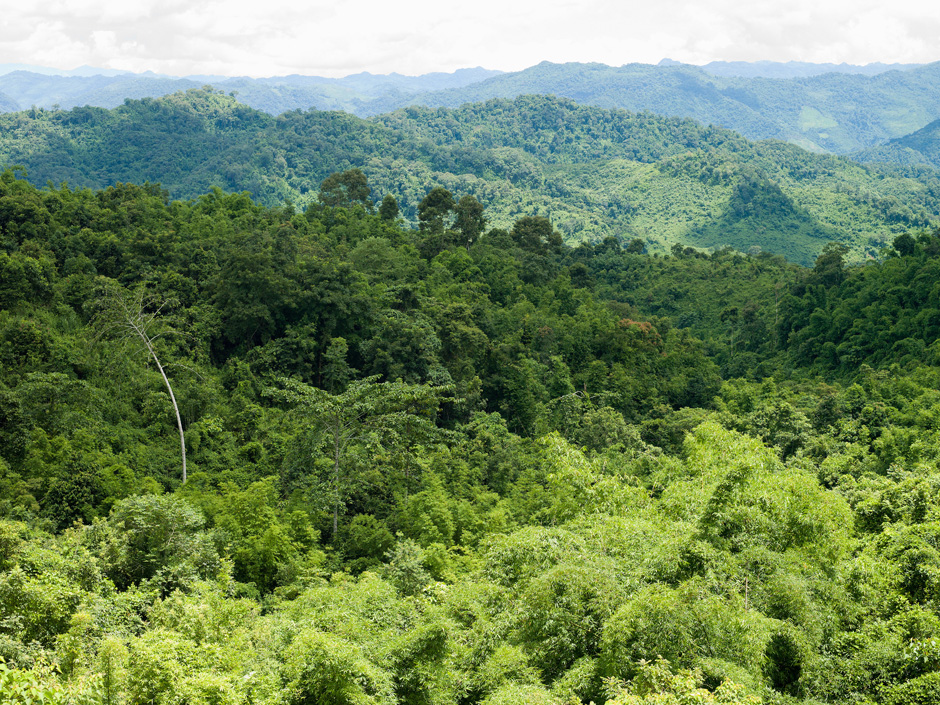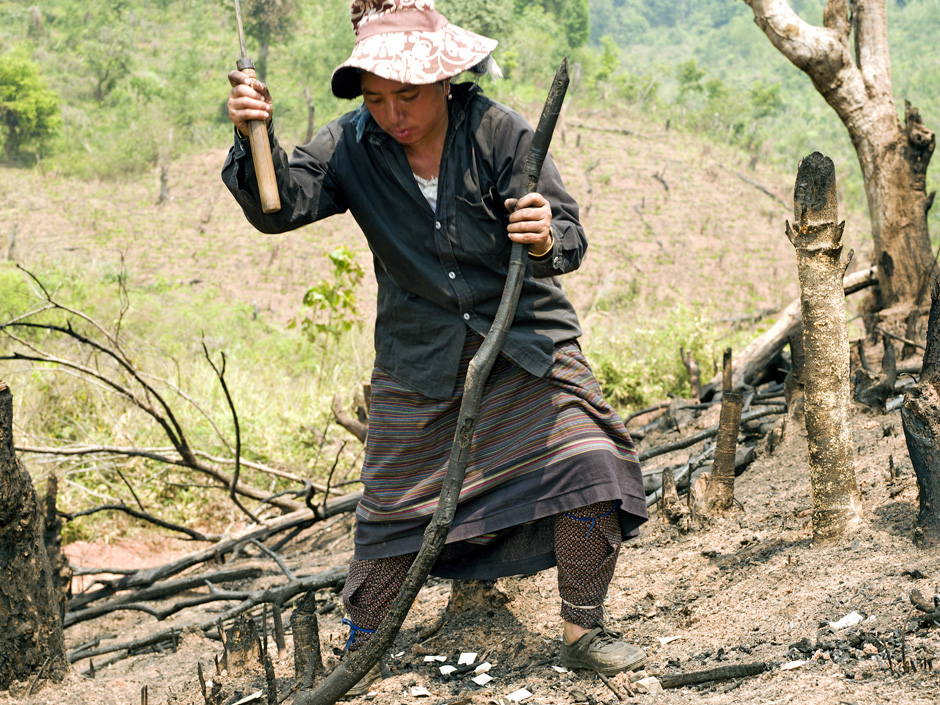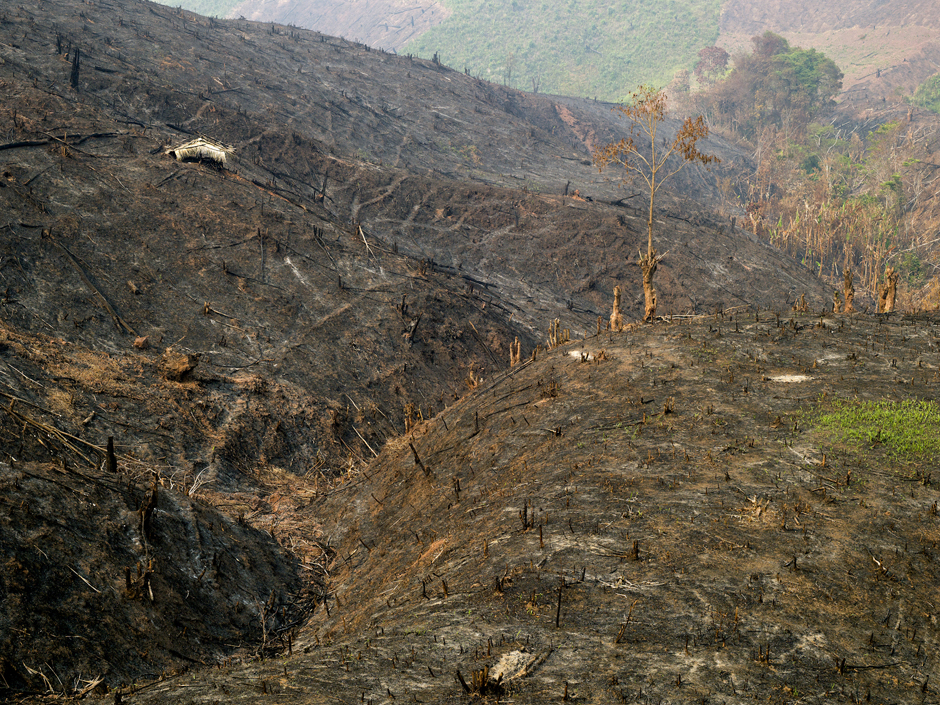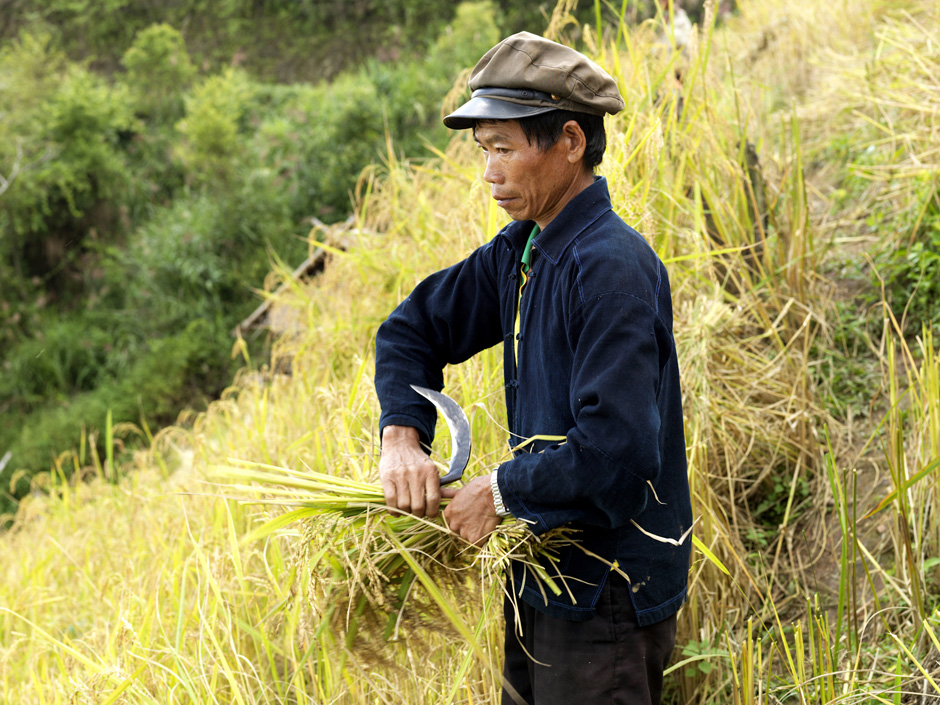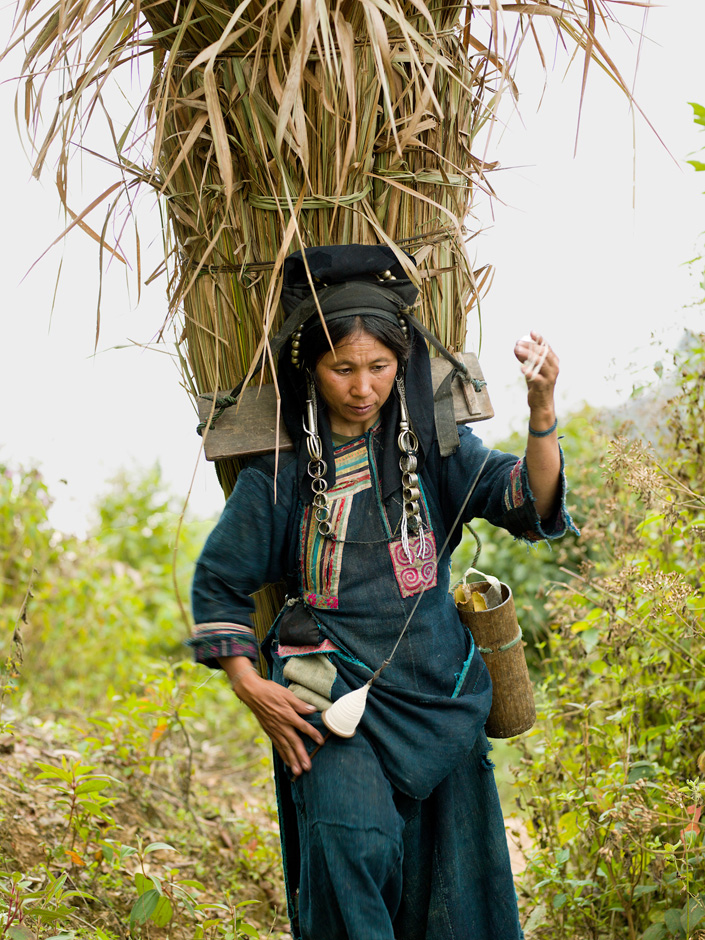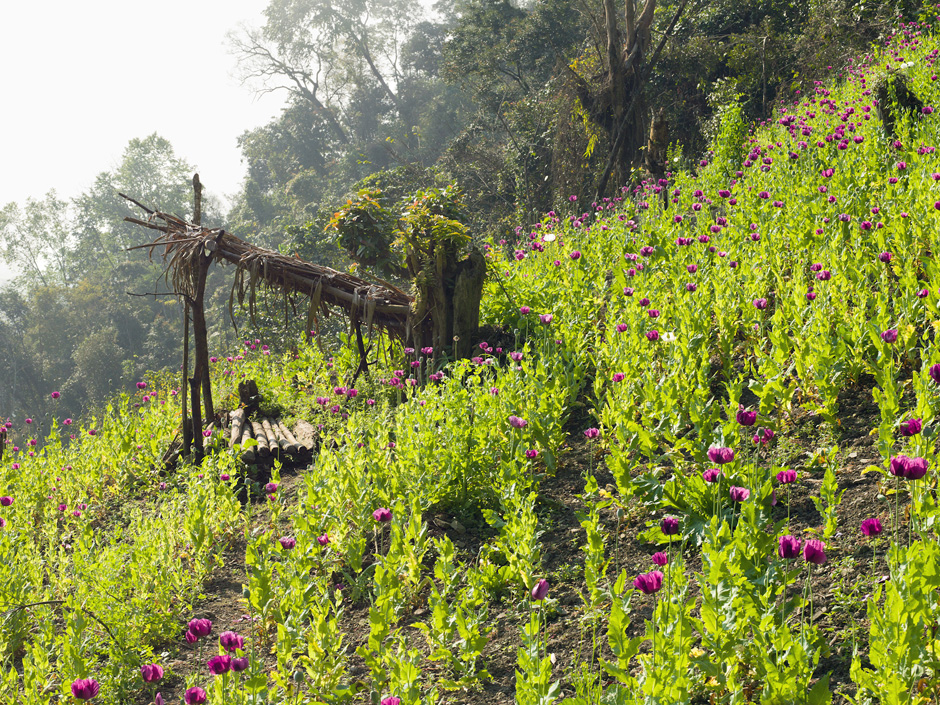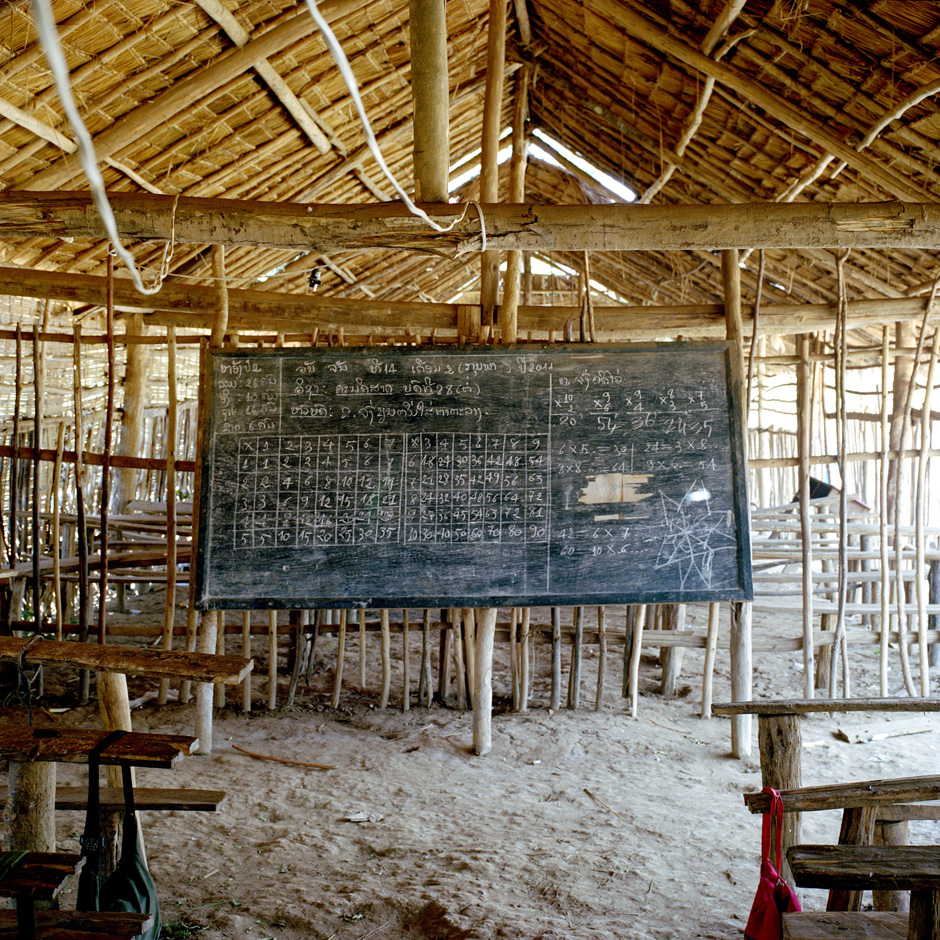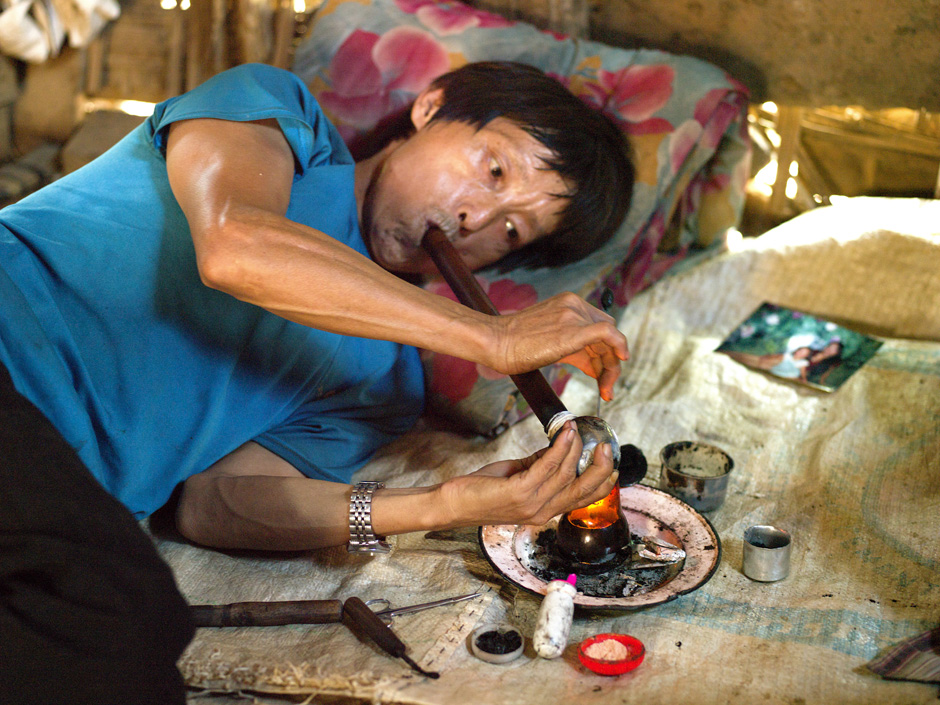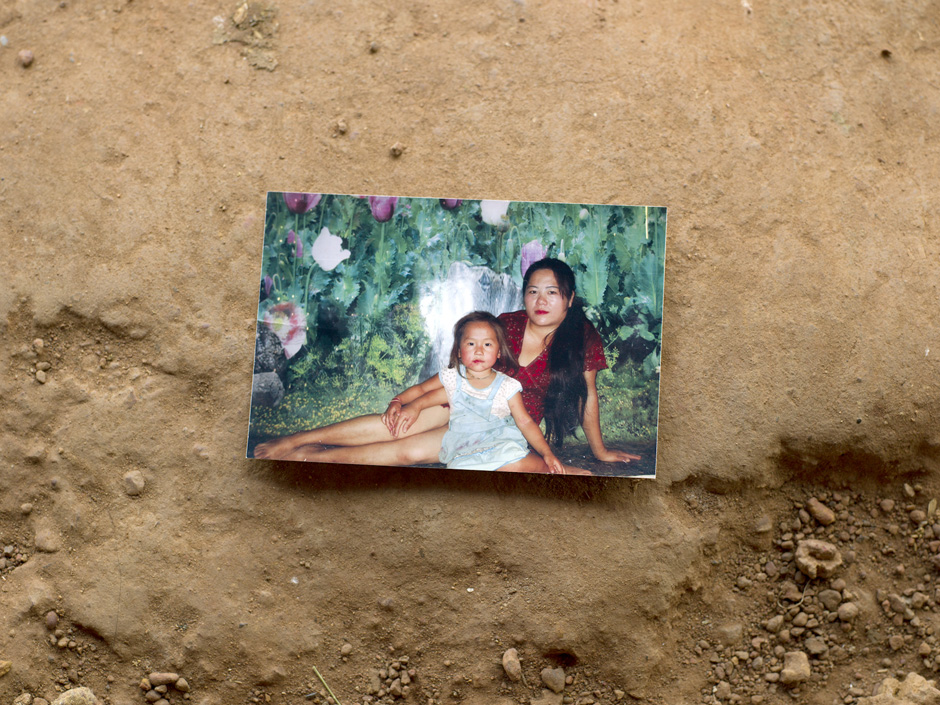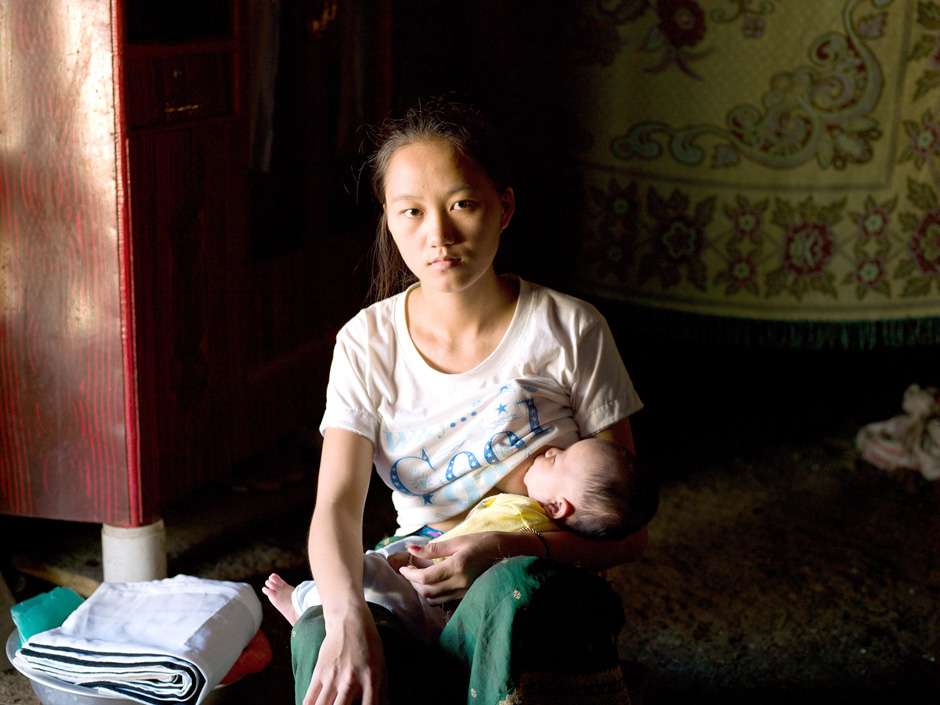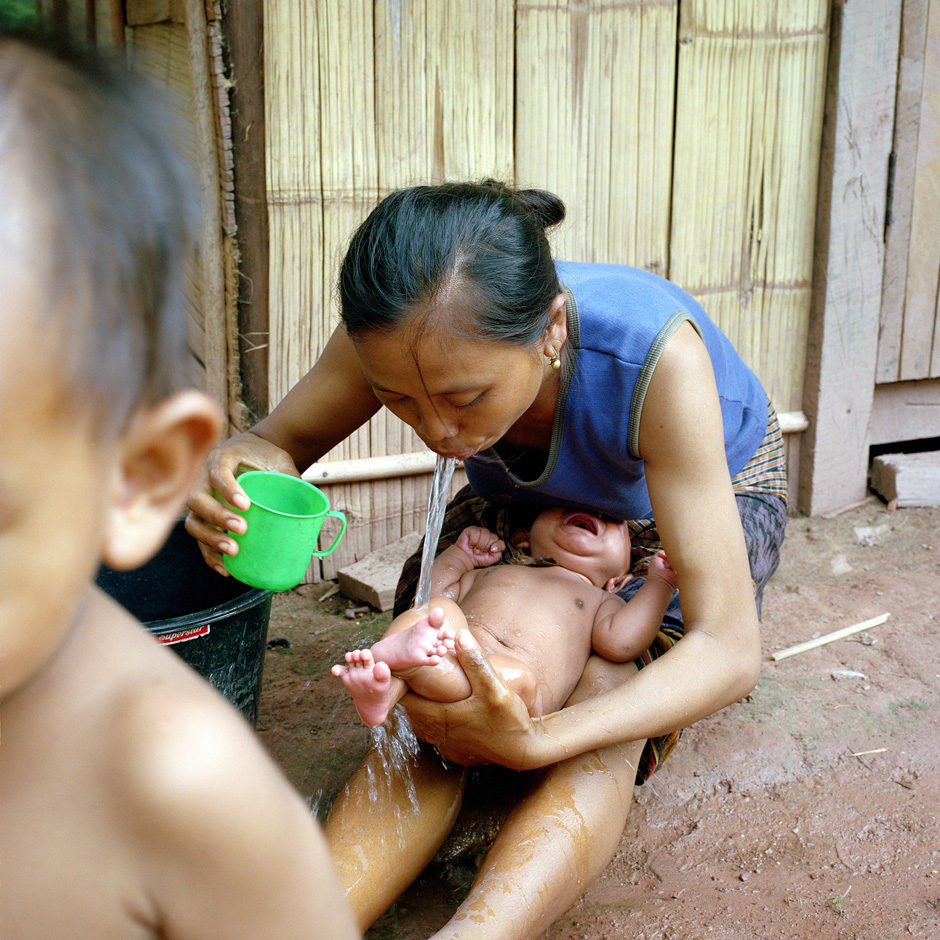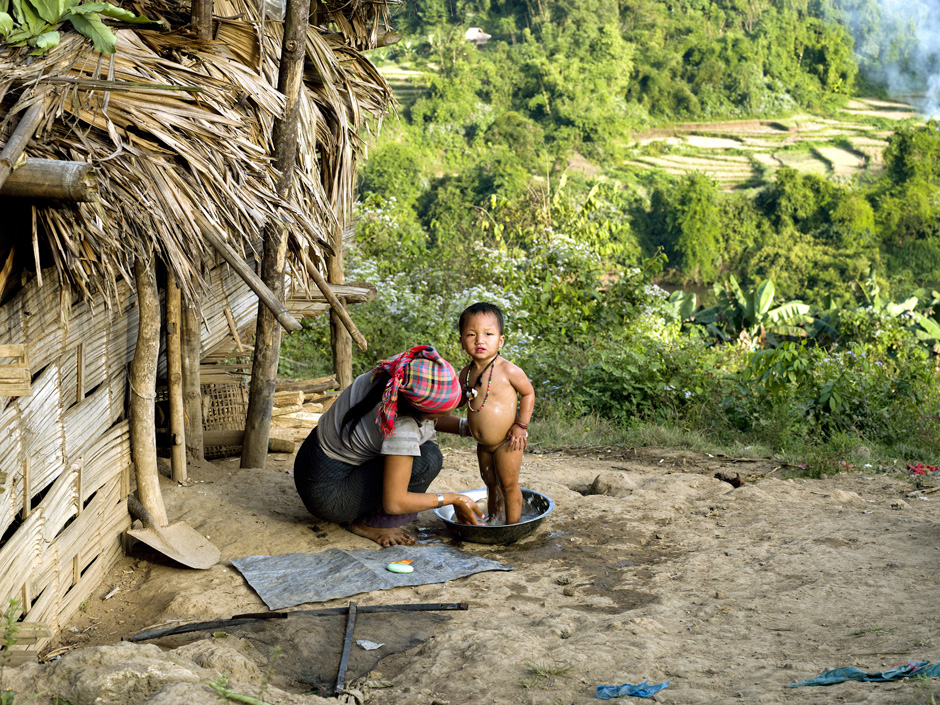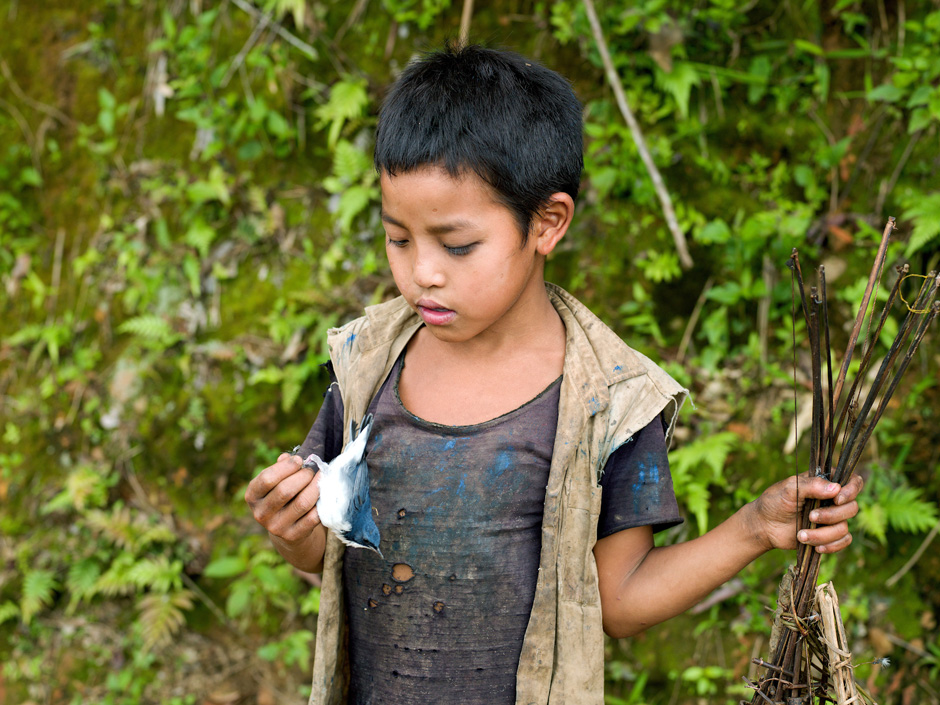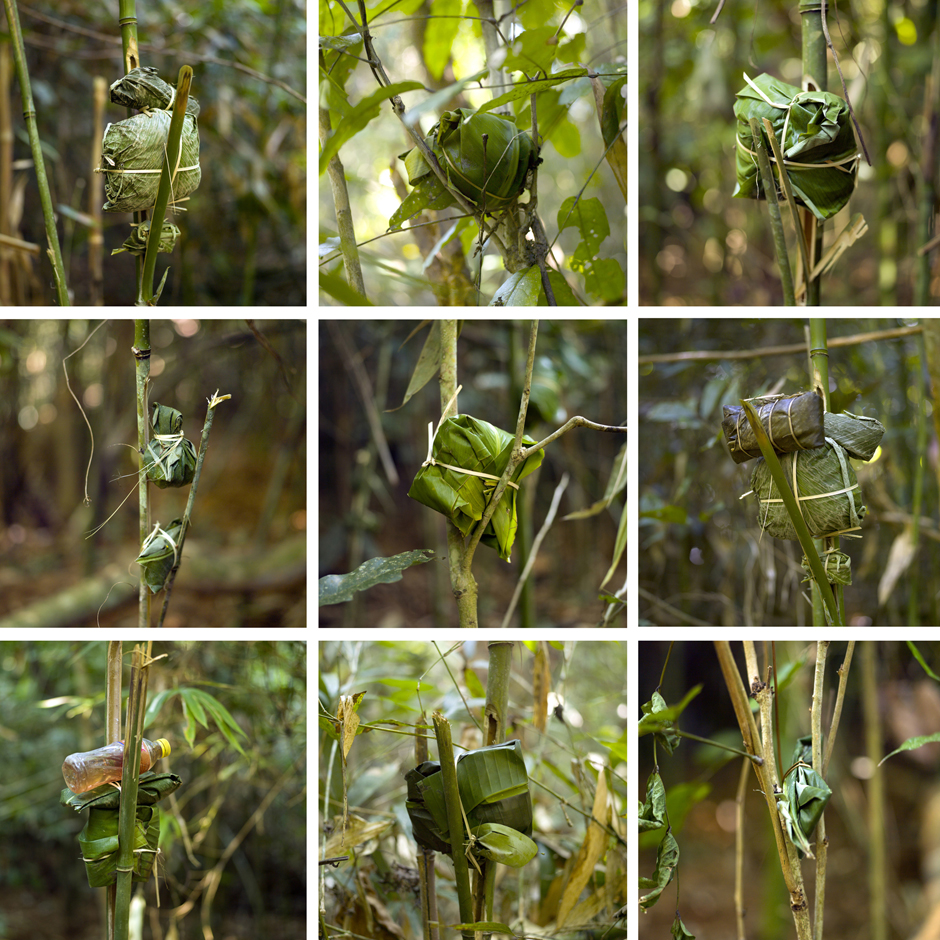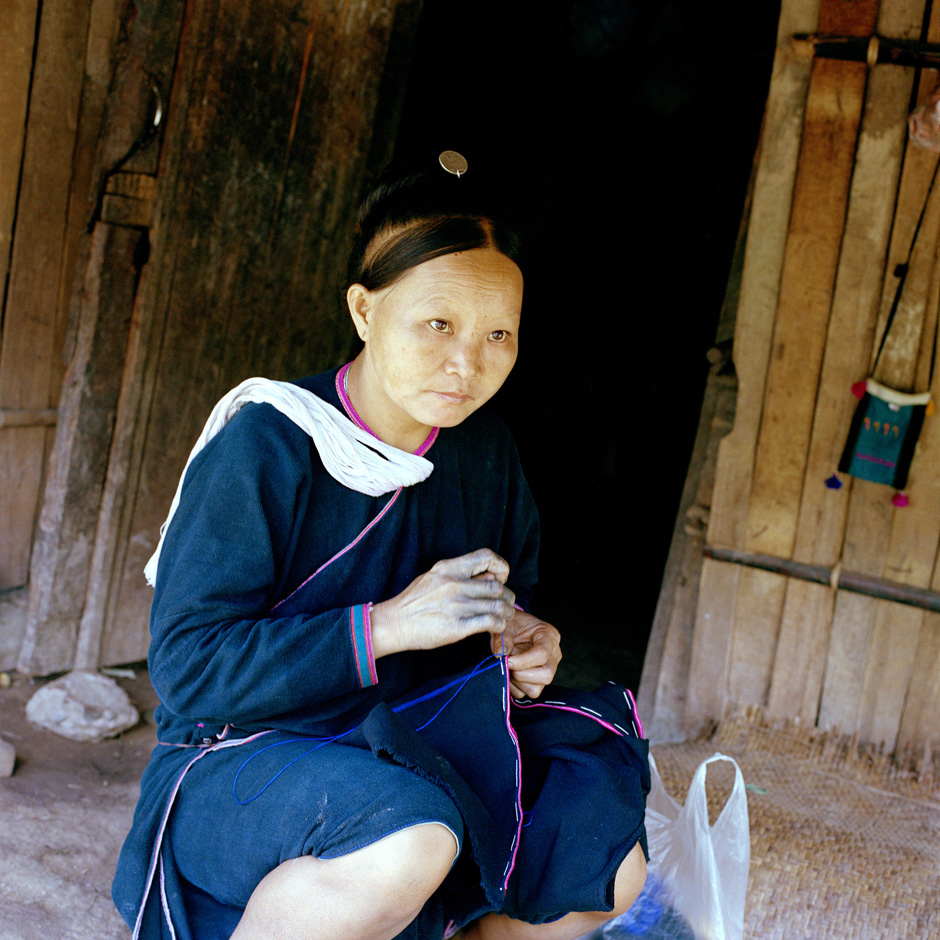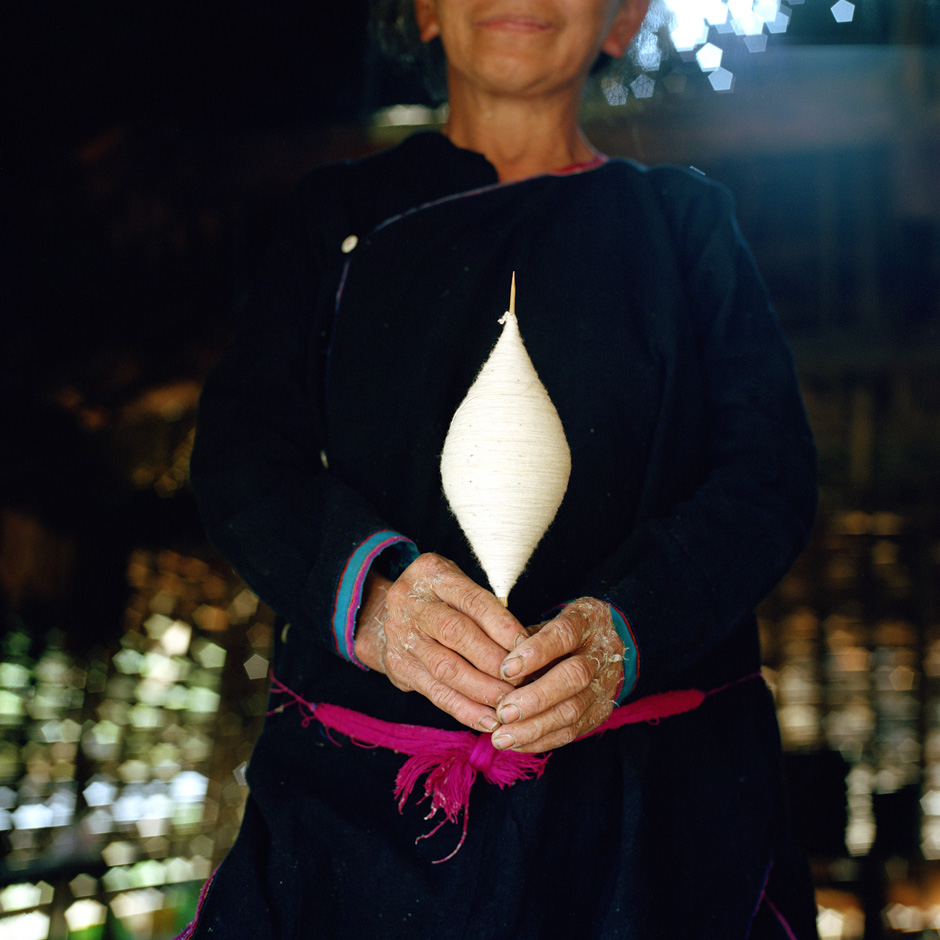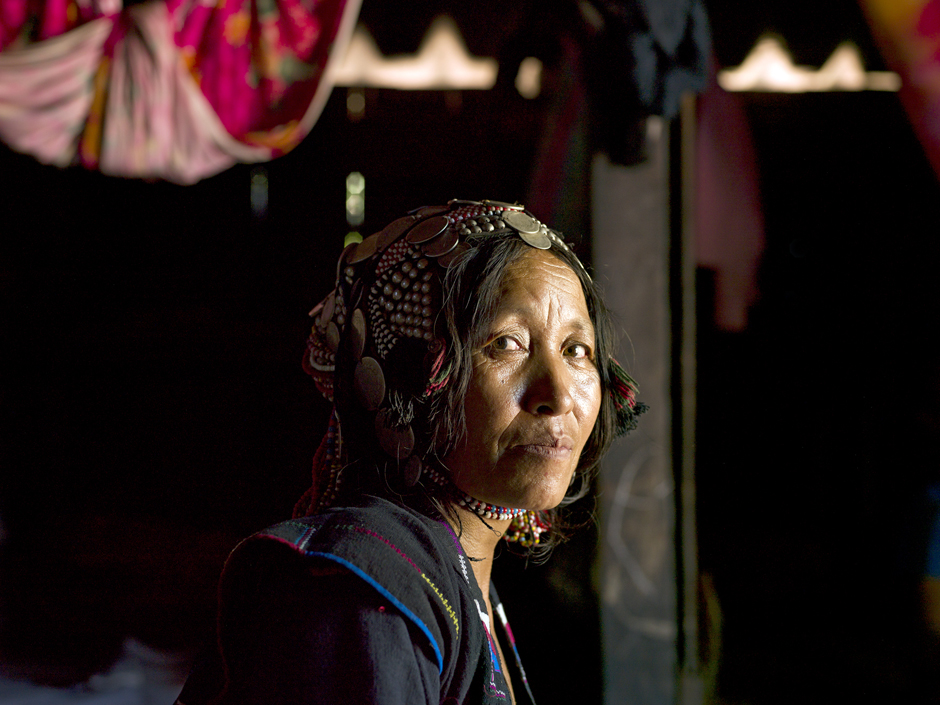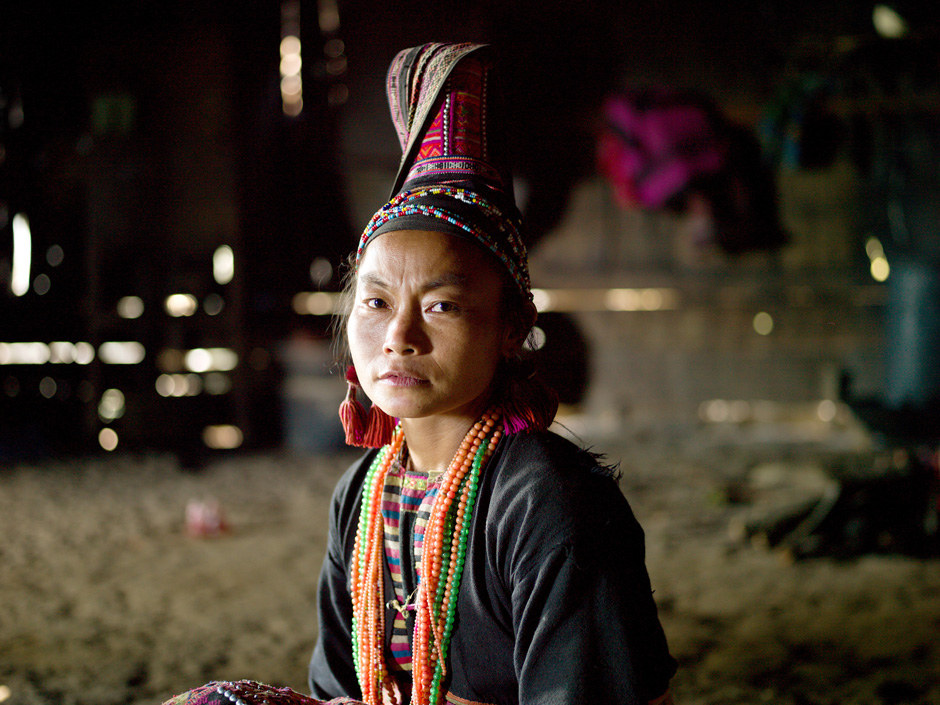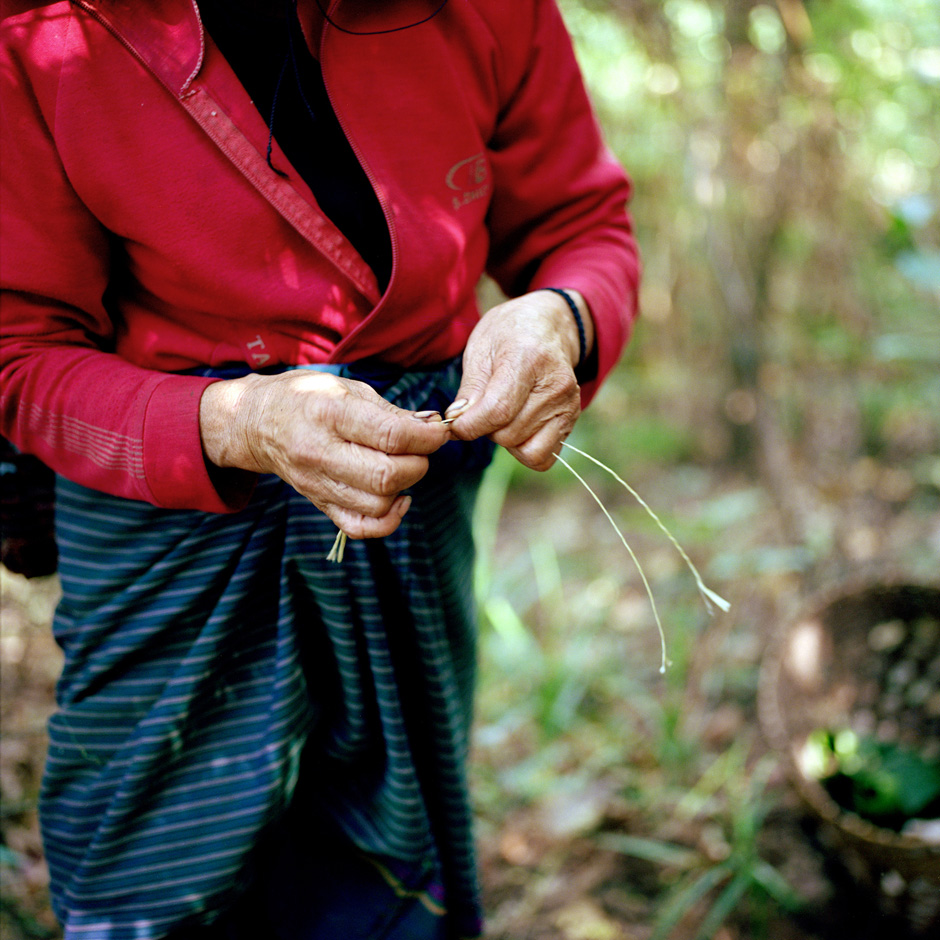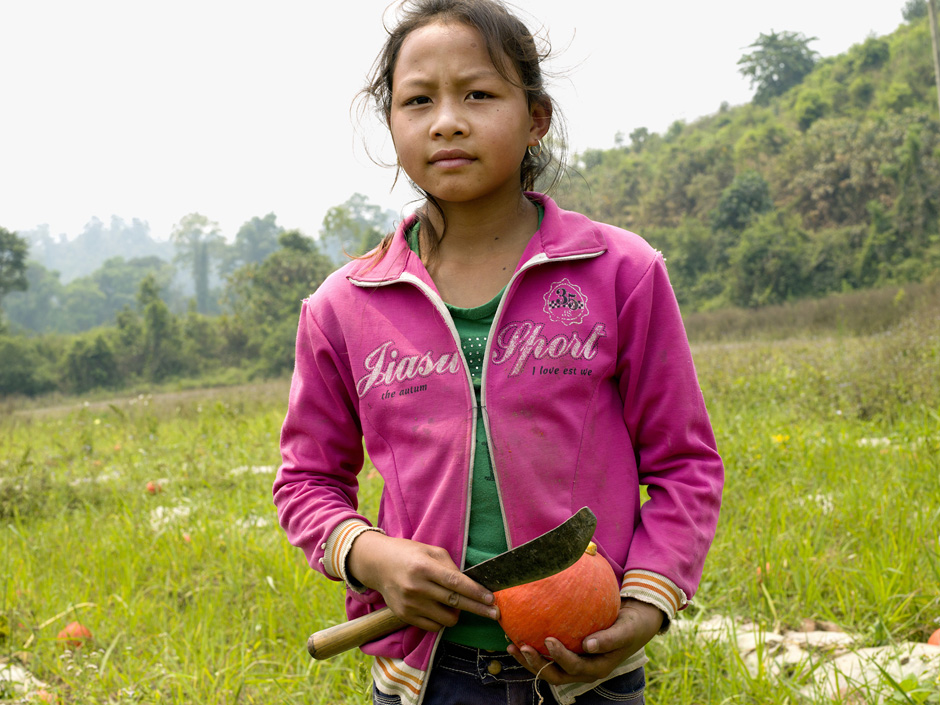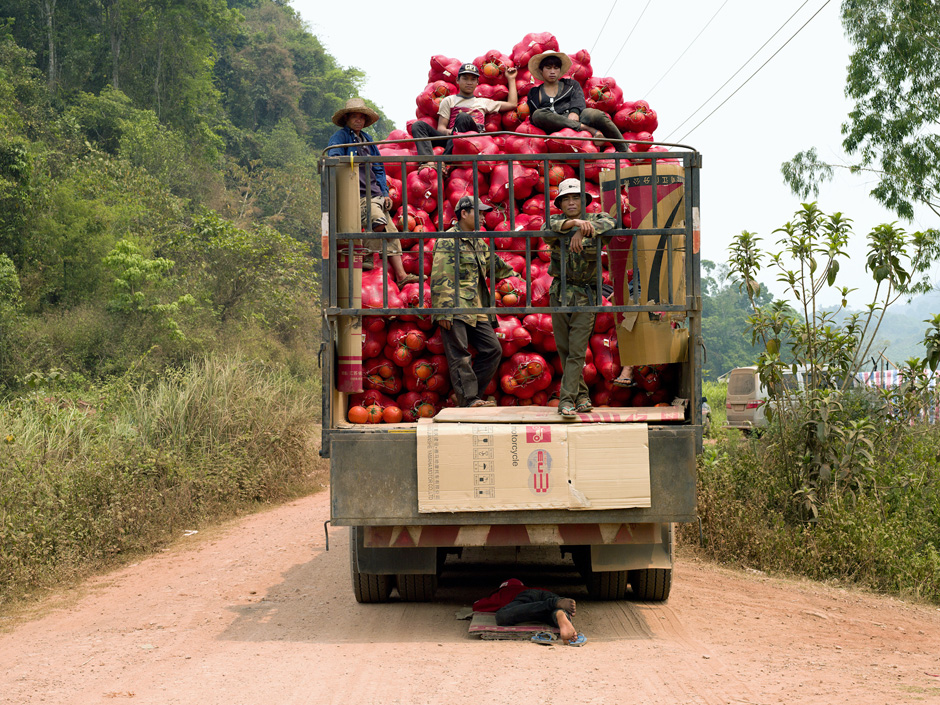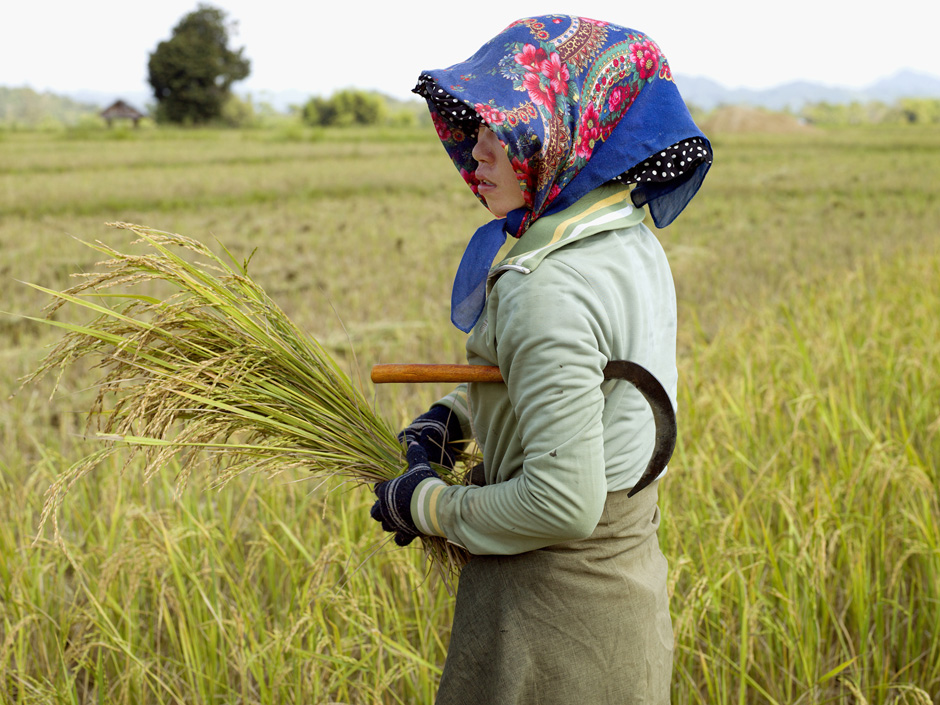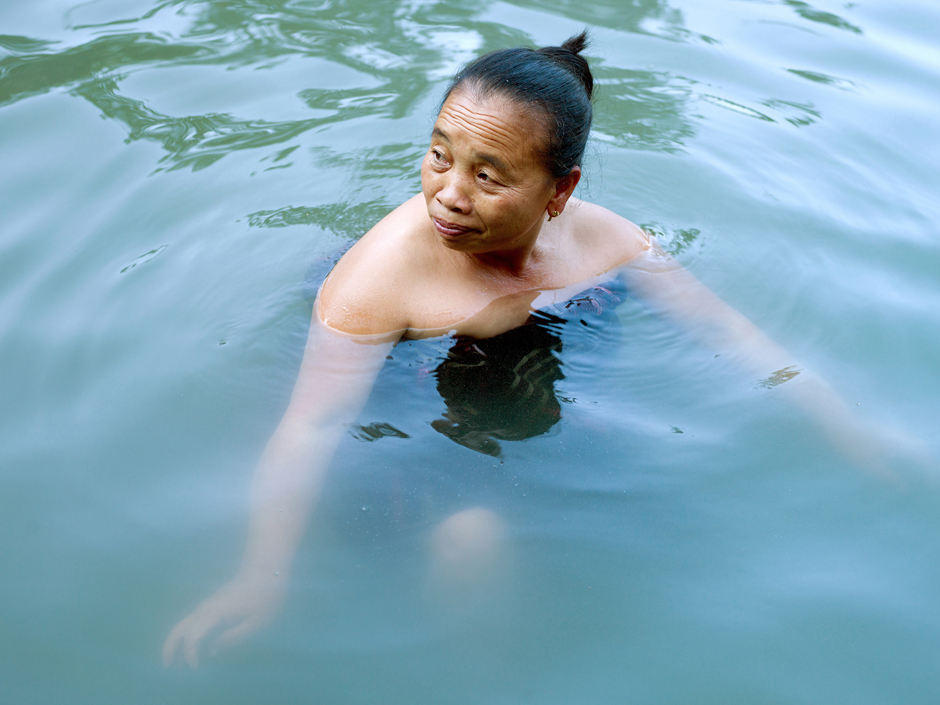The Corridor of Opportunity
The Corridor of Opportunity is a series of inter-connected landscape stories documenting the changing environment of Lao People’s Democratic Republic. It refers specifically to an area where subsistence agriculture is gradually being complemented by an evolving cash economy influenced by China with vast swathes of the forest being replaced by cash crops such as rubber, bananas and sugar cane. The project aims to unravel the complexities of the contemporary landscape in Lao PDR, a country dominated by its larger neighbours and the creeping in of Western influences.
For generations, the people of Lao PDR have practiced locally developed diverse forms of agriculture and fisheries. More than four out of every five people still live in rural areas and depend directly on the land for their livelihoods. For the most part, they have been sustained by the natural environment and have in turn largely sought to preserve it. But this is changing fast.
Rural communities are being impelled to move from swidden to sedentary cultivation and farmers are being exhorted to produce for markets rather than for family consumption. Forests are being logged, rivers are being dammed, large tracts of land are being given over to largely foreign investors, and mining is on the rise. Many villages have been forcibly displaced or moved or have voluntarily relocated in search of better conditions. Proponents argue these movements and consolidations increase the access of rural populations to roads, health and education services. Other might argue that it is to keep an eye on their activities and to foster or impel their incorporation into the emerging market economy.
Whilst ethnic communities in developing countries have never been frozen in time as historical or ‘traditional’ icons, the cultural practices and traditions of these communities are currently undergoing massive changes.
The landscape and ethnic cultures of Lao PDR, like those of many other small nations, are changing rapidly with influences from China and the West. This project serves as an exploration of a microcosm of the effects of globalisation in 21st century Asia. By exploring these issues through individuals stories, I hope that they will illuminate part of the wider picture.
The Corridor of Opportunity is supported by Arts Council England
